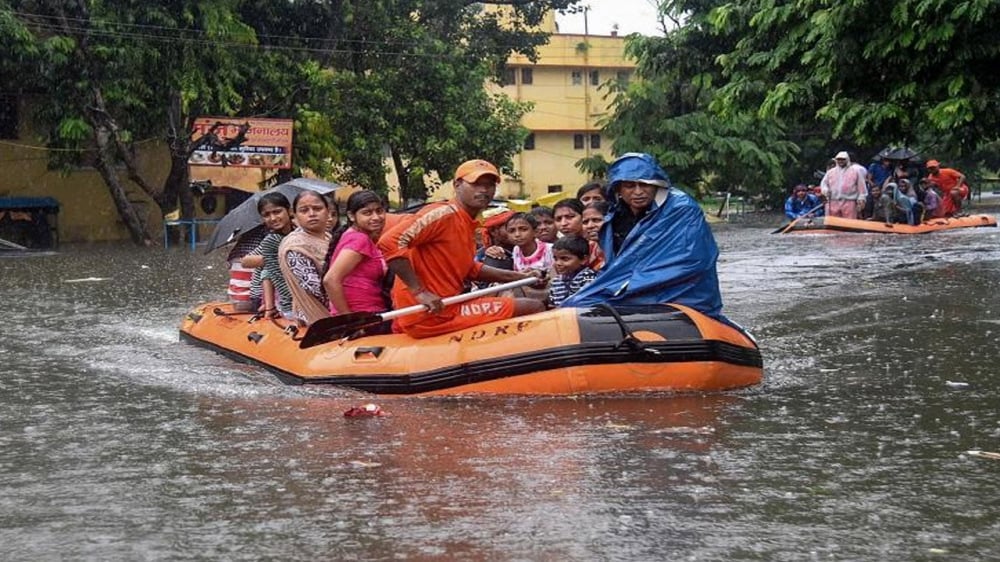
At present, there is a flood situation in various states of India due to heavy rains. Every year, Bihar also comes into the headlines during the rainy season. Various rivers including Kosi are in spate, due to which many districts of Bihar are facing the threat of floods. But do you know why there are so many floods in Bihar? Let's know in this special report of ours…
According to the Bihar Disaster Department, Bihar is the most flood-affected state in India. 76 percent of the total population here lives in flood-prone areas. 73% of the total geographical area of Bihar i.e. about 68800 sq km area comes under flood prone areas. The problem of floods in Bihar is not of today but historical. According to reports, in the year 1953, the then PM Jawaharlal Nehru laid the foundation stone of the Kosi project and said that floods in Bihar would be controlled in the next 15 years. However, even today the flood situation in Bihar remains the same.
What is the Nepal connection of the flood?
Actually, the plains of Bihar are adjacent to Nepal. Many rivers including Kosi, Gandak, Budhi Gandak, Kamla Balan, Bagmati flow from Nepal to Bihar. Let us tell you that East Champaran, West Champaran, Sitamarhi, Madhubani, Supaul, Araria and Kishanganj districts of Bihar are adjacent to Nepal. Whenever it rains in Nepal, the water of the rivers there starts coming to Bihar. Let us tell you that 7 rivers of Nepal meet in Kosi, due to which heavy floods occur in Bihar every year. That is why Kosi is also called the grief of Bihar.
The main reason for floods is the lack of big dams
Many experts, including ministers of the Bihar government, believe that unless a high dam is built on the Kosi river in Nepal, the problem of floods will persist in Bihar. Several rounds of talks were held between India and Nepal regarding this but no decision could be taken. The people of Nepal are against the high dam being built on the Kosi river. They believe that the construction of a high dam on Kosi will have a negative impact on the environment and a large area of Nepal will be submerged.
Farakka Barrage is also a cause of flood
Farakka Barrage is also considered to be a major cause of floods in Bihar. Actually, Ganga and other tributary rivers bring silt with them which obstructs the flow of river water. Due to this, sediment keeps accumulating at the mouth. Earlier the silt used to flow with the water but now it cannot flow due to embankments and barrages. Due to this, they make the river shallow which causes floods in the rivers.
Lack of drainage is also a reason
Experts say that the main reason for floods in Bihar is lack of drainage. According to information, the Kosi river used to flow in several streams but attempts were made to dam it. Dams made of soil break easily. In such a situation, the water coming out of it becomes even more dangerous. Earlier the water was flowing out easily but due to the dam it became more destructive.
Deforestation causes increased flooding
Reports show that forests in Nepal have been cut down indiscriminately for stone quarrying and agriculture. The disadvantage of this is that instead of stopping, the rain water flows down rapidly. Due to which the rivers flowing in Bihar overflow and there is a big flood in Bihar. Apart from this, the lack of awareness among the people living on the river banks further increases the damage caused by floods.
 look news india
look news india